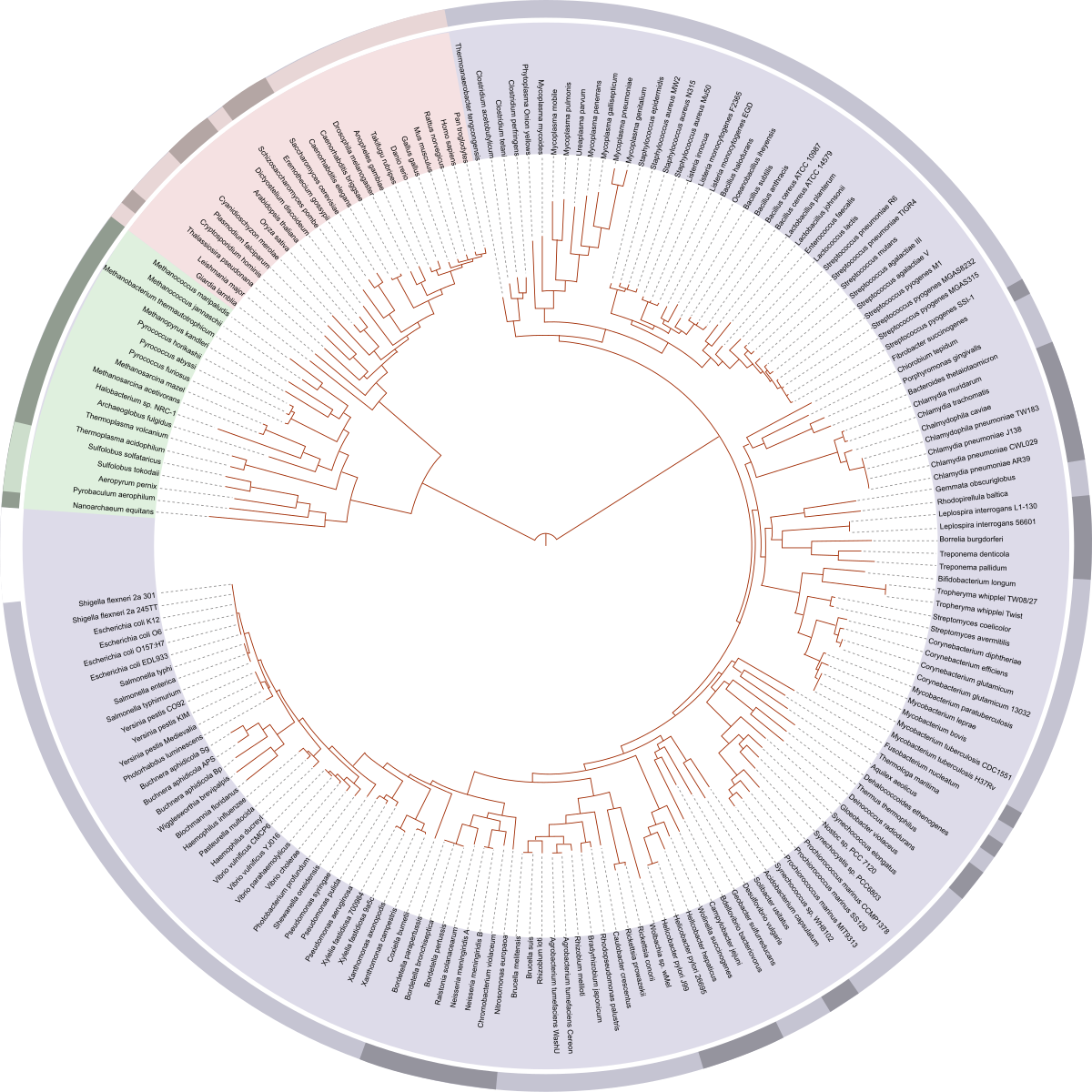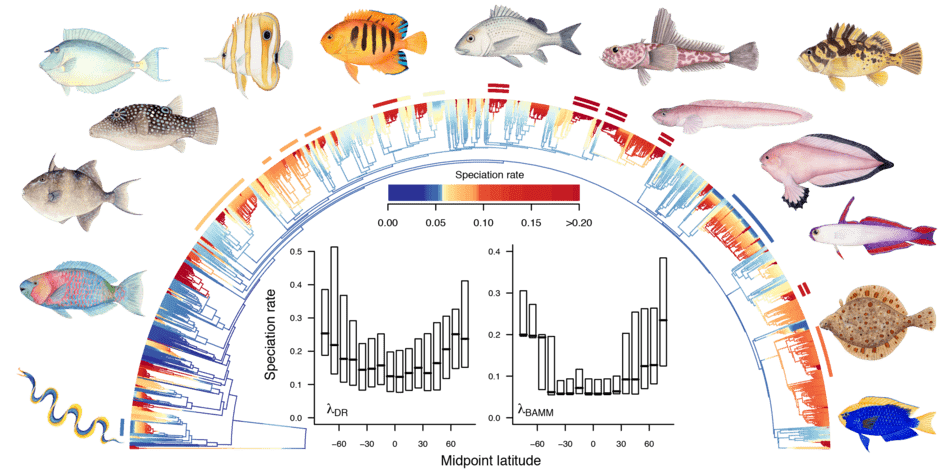And finally, native fish I haven't heard of before. I heard of the salamanderfish before, but not the nightfish, a WA native. Have the nightfish been bred in captivity? What are some other natives I haven't heard about? I fear that the local government might do the wrong thing on the native fish again.
To the best of my knowledge, the nightfish (
Bostockia porosa) have not been bred in captivity. They are difficult to keep alive and adult fish only eat live foods. If you collect baby nightfish, they usually starve to death. Young fish around 1 inch long tend to do the best in aquariums. However, they won't eat dry food and you normally feed them on frozen and live foods. They are prone to fungal infections and I used to find them sitting in their caves covered in fungus. They are also sensitive to chemical medications.
Other native fishes from the south-west of Western Australia include
Galaxias occidentalis and
G. truttaceus,
Galaxiella munda and
G. nigrostriata, the salamanderfish (
Lepidogalaxias salamandroides), Balstons pygmy perch (
Nanatherina balstoni), the common pygmy perch, the little pygmy perch (which was recently identified and classified by Dave Morgan from Murdoch Uni), and
Tandanus bostocki (an eeltail catfish).
There are also native fishes found north of Perth and rainbowfish can be found from Carnarvon northwards. Spangle Perch can be found around Geraldton and north. Various hardheads can be found from Carnarvon northwards too.
--------------------
Galaxias occidentalis have been bred in captivity but not successfully reared up. The males and females look similar until breeding, the males are slimmer than females. The males start displaying to the females and part of the display is a dorsal blaze. This is a coloured stripe (yellow or white) that runs along the top of the head towards the mouth. The males flash this stripe on and off while displaying their fins. Rainbowfish also have a dorsal blaze, which is kind of interesting because these fish are nothing alike. Eggs were scattered among Java Moss in the aquarium and that was the end of the breeding. In the wild the fish will wait for a flood or high tide and lay their eggs in grass on the banks or next to the banks of creeks and rivers. They will also breed in algae in the wild.
Galaxias truttaceus have not been bred in captivity and are endangered in Western Australia due to introduced species of fishes being released into their habitat (the Goodga River in Albany). The fish are apparently also found in the King River in Albany but I never found any there and I looked for them numerous times over a number of years. These fish are really lovely when little and have black vertical lines on their body and red fins. As they get older the lines break up and become dots, and the red fins fade. They are pretty easy to keep in captivity but are prone to bacterial infections and other diseases from common aquarium fishes, so must be kept in a newly set up tank that has not had any introduced species in.
If collecting Galaxias for aquariums, the best sized fish are around the 2 inch length mark. They are small and narrow and jump so the aquarium must be well covered. The young fish will eat anything that floats on the surface and readily take to dry floating foods as well as frozen and live foods. The adults refused dry fish food but would take frozen and live foods.
An interesting thing about Galaxias from WA is their colour patterns. Every fish has different markings. The markings from related family members are very similar and might only vary by a single dot. Fish from different locations can have dots or lines, or dots and lines.
--------------------
Galaxiella munda and
nigrostriata are lovely little fish about the size and shape of a match. They used to be common but have been wiped out by Gambusia, habitat destruction, chemical poisoning from pesticides and herbicides used on bushland and farms, and general pollution of their environment. G. munda is much more common than nigrostriata, which is almost extinct.
G. munda have bred in a pond (technically a 60? litre plastic storage container) but have not been bred in aquariums. I didn't do anything special for the ones in the tub. They had an AquaClear HOB filter on the container and were fed dry fish flakes and frozen fish foods each day. They got newly hatched brineshrimp and microworms too. Their container was outdoors under shadecloth and in a garden where there were lots of small flying insects (mosquitos by the millions). The fish were put in the container and 12 months later there were more than i had originally collected. I didn't see any breeding but they obviously did.
There is very little known about Galaxiella nigrostriata from an aquarium standpoint or even in the wild. A member that came on here (Forest), can't remember his user name, was interested in them and managed to get some but I have not heard from him for a while.
There is a third species of Galaxiella that has not been described and I only found it once. It was a cream coloured fish with a black head and a light blue sheen over the dorsal half of the body. They were about 2 inches long and slightly thicker in the body than G. munda and G. nigrostriata. I found them in a stormwater ditch next to the road between Walpole and Northcliffe. I didn't take any at the time and some years later when I was back down there, I was unable to find them.
--------------------
Lepidogalaxias salamandroides is from the south-west of Western Australia and grows to about 75mm. They live in water with virtually no mineral content and a very low pH (between 3.0 & 6.0). They are a prehistoric species and the only species of fish that can turn its head independently of its body. This is an adaptation to them burrowing into the mud and aestivating during the dry summer period. The fish produces a mucous cocoon around their body at the bottom of their burrow and wait out the dry period. If the fish has not built up sufficient weight before aestivation, it won't survive the summer.
Males and females have different shaped anal fins. They have not been bred in captivity.
In aquariums these fish will take live and frozen fish foods but do not touch dry food.
These fish are going to become extinct due to habitat destruction and climate change, in particular, a drying climate with less rain. Habitat destruction is mainly caused by the WA Department of Transport making the roads wider and covering up the ponds where the fish live.
--------------------
I have kept all 3 species of WA
pygmy perch (little, normal and Balstons). The normal and little are incredibly easy to keep and look the same apart from a slight difference in size and eye shape. However, you need all 3 species in the same tank to be able to easily spot the difference. I caught the little ones before they were identified as a new species and they ended up mixed in with some normal pygmy perch that ended up wherever (can't remember). The Balstons pygmy perch went over east with some other fish.
The normal pygmy perch is easy to keep and breed. They eat anything, love well planted aquariums, and breed right through the warmer weather. Female fish produce a few eggs each day and the adults don't normally eat the eggs or young if they are well fed.
Balston's pygmy perch were more fussy about food and readily took frozen and live foods but didn't touch dry food. I didn't breed these fish.
--------------------
Tandanus bostocki is an eeltail catfish that grows to 18 inches long, but is more commonly seen around 8-12 inches long. They aren't normally kept in aquariums due to their size and needing to be kept in groups. Adult fish are often seen foraging alone at night but young fish live in groups. They eat most frozen or live fish foods that sink to the bottom.
Eeltail catfish have an eel shaped tail vs forktail catfish that have a tail like a normal fish.
These fish aren't a commercial food fish and are too big for aquariums. There is little known about them but they are declining in numbers, presumably due to chemicals/ pollution in the water. As a kid we used to go fishing for these in the local creeks. We used a handline and small hook with a bit of meat on it. They were tasty fish but hard to handle because they are slippery.




